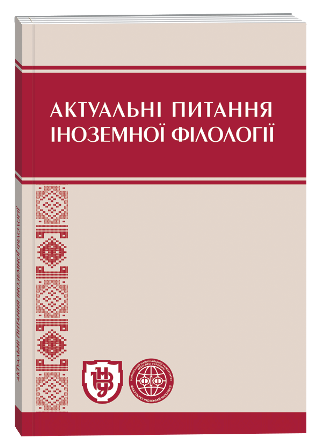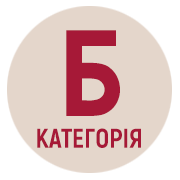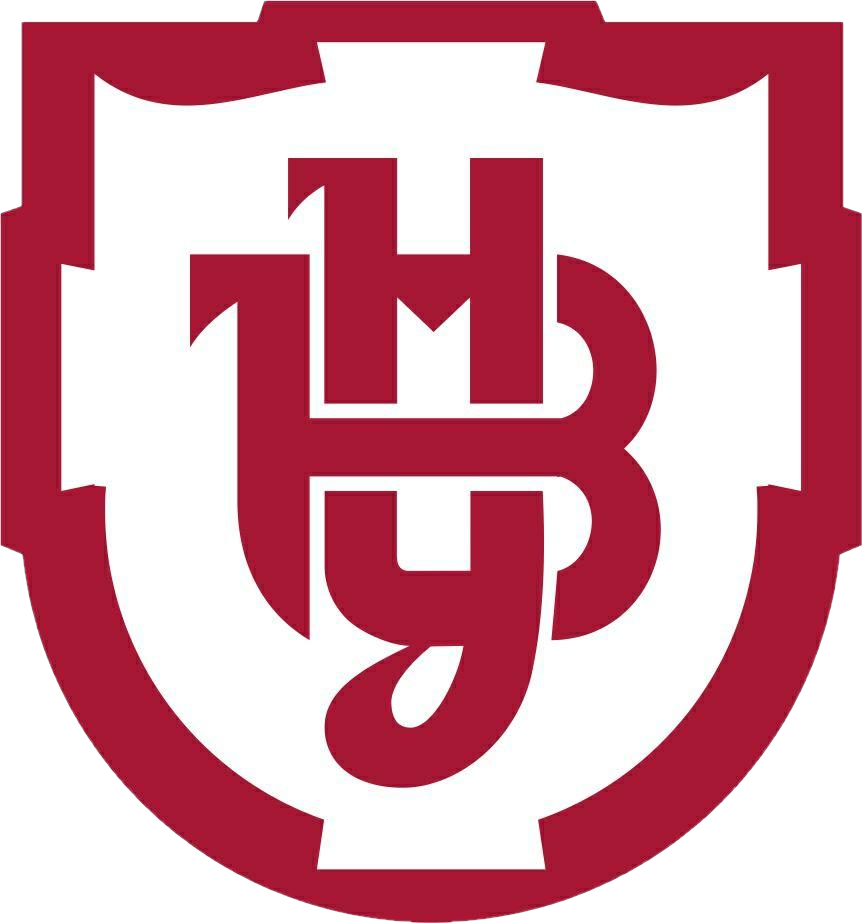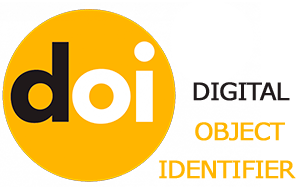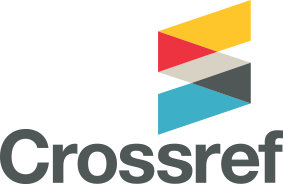A TYPOLOGY OF ENGLISH MULTIMODAL TEXTS, AND THEIR DISTINCTIVE FEATURES
Keywords:
monomodal text, multimodal text, discourse, models, semiotic resources, paralingual componentsAbstract
This article deals with the peculiarities of modern English multimodal discourse, taking into account the distinctive features of the mass-media space. Various features of electronic and paper publications have been outlined in terms of the technical capabilities and the number of modes which are utilized there. Paralinguistic means have been identified, which are integral parts of multimodal discourse in general and multimodal texts in particular. The differentiation of the concepts of "monomodal text" and "multimodal text" has been the object of particular focus. On the basis of an analysis of periodicals, a presentation has been given of the most common manifestations of the compatibility of semiotic resources with each other and with non-semiotic resources. The peculiarities of separate modes and their role in communication have been analyzed. Factors that confirm the necessity of carrying out multimodal discourse research have been outlined. A comparative description of the text categories of monomodal and multimodal texts has been carried out. The importance of using non-verbal semiotic resources has been demonstrated. It has been shown for the first time that within the framework of discourse and of text, there are no graphic effects or processes, including segmentation, which can be classed as unimportant. A number of monomodal and multimodal models have been suggested.
References
Анисимова Е. Е. Лингвистика текста и межкультурная коммуникация (на материале креолизованных текстов) : учеб. пособие [для студ. фак. иностр. яз. вузов] / Е. Е. Анисимова. – М. : Изд. центр «Академия», 2003. – 128 с.
Макарук Л. Л. Лінгвістична мультимодальність / Л. Л. Макарук // Мова та література у полікультурному просторі : матеріали Міжнар. наук.-практ. конф. (м. Львів, 31 січ.–1 лют. 2014 р.). – Л. : ГО «Наук. філол. орг. “Логос”», 2014. – С. 98–102.
Макарук Л. Л. Таксономія паралінгвальних засобів комунікації / Л. Л. Макарук // Людина. Комп’ютер. Комунікація. – Л. : Нац. ун-т «Львів. політехніка», 2015. – С. 126–127.
Forceville C. Non-verbal and multimodal metaphor in a cognitivist framework: Agendas for research / C. Forceville // Cognitive Linguistics: Current Applications and Future Perspectives / ed. by G. Kristiansen, M. Achard, R. Dirren and de Mendoza Ibáñez, F. R. – Berlin ; N. Y. : Mouton de Gruyter, 2006. – P. 379–402.
Jewitt C. Introducing Mutimodality / Carey Jewitt, Jeff Bezemer, Kay O’Halloran. – L. : Routledge, 2016. – 232 p.
Jewitt C. The Routledge Handbook of Multimodal Analysis / Carey Jewitt. – Second edition. – L. : Routledge, 2014. – 544 p.
Kress G. Multimodality: A Social Semiotic Approach to Contemporary Communication / G. Kress. – 1st ed. – London : Routledge, 2009. – 236 p.
Leeuwen T. Van. Multimodality / Theo Van Leeuwen // The Handbook of Discourse Analysis / ed. by Tannen Deborah, Hamilton E. Heidi, Schiffrin Deborah. – N. Y. : Wiley Blackwell, 2015. – Vol. 2. – P. 447–465.
O’Halloran K. L. Systemic Functional Multimodal Discourse Analysis / Kay L. O’Halloran, F. V. Lim // Texts, Images and Interactions: A Reader in Multimodality / eds. by S. Norris, C. Maier. – Berlin : Mouton de Gruyter, 2014. – P. 137–154.
Downloads
Published
How to Cite
Issue
Section
License
Copyright (c) 2025 Лариса Макарук

This work is licensed under a Creative Commons Attribution 4.0 International License.
